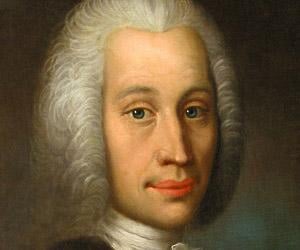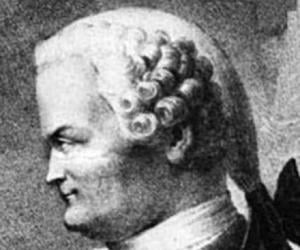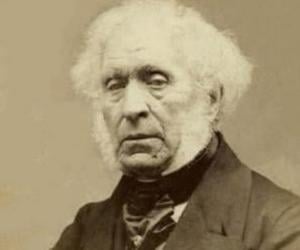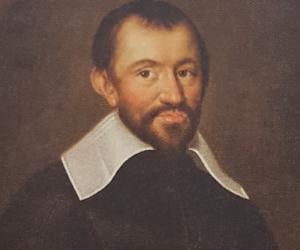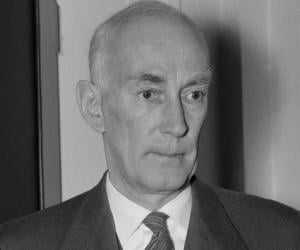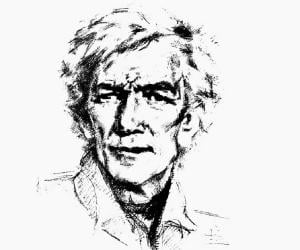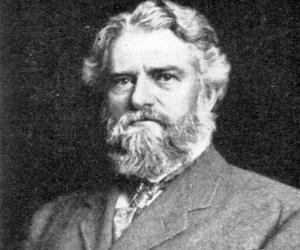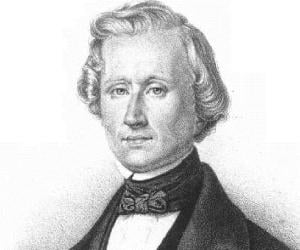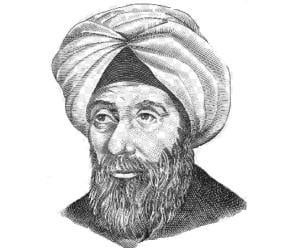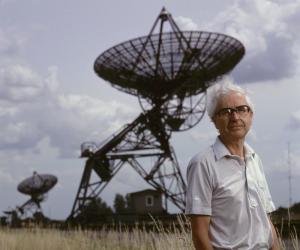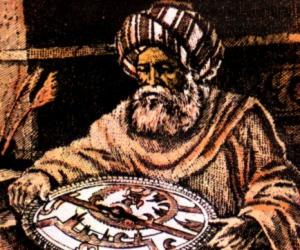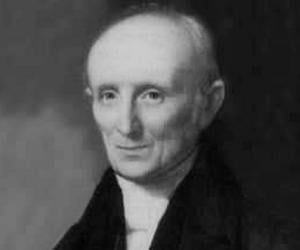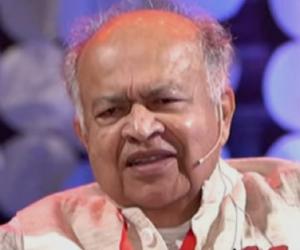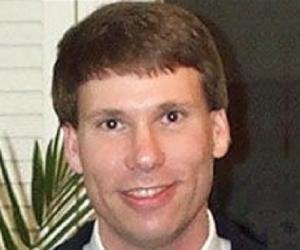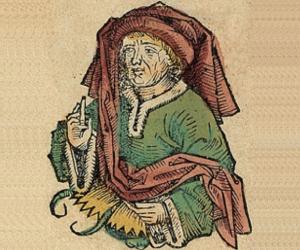Childhood & Early Life
He was born on November 27, 1701, in Uppsala, Sweden, to Nils Celsius, an astronomy professor at the Uppsala University.
He was the paternal grandson of the mathematician, Magnus Celsius, and the maternal grandson of astronomer, Anders Spole.
He was a talented mathematician from an early age and received his education from the Uppsala University. He studied astronomy, mathematics, and experimental physics and eventually decided to pursue a career in science.
Career
After completing his graduation, he was appointed as the secretary of the ‘Royal Society of Sciences’ in Uppsala. In 1730, he became a professor of astronomy at Uppsala University, a post he served until 1744.
His earliest research concerned the ‘aurora borealis’, an unusual activity in which spectacular illumination of the night sky occurs due to the northern lights. He observed the variations of a compass needle and found that with stronger auroral activity, there occurred large deflections in the compass.
From 1732 to 1736, he traveled extensively to other countries to expand his knowledge as an astronomer, and also visited observatories in Berlin and Nuremburg to conduct extensive research.
In 1733, he published a collection of 316 observations of the aurora borealis, made by him and others scientists from 1716 to 1732.
He traveled to Italy, France and Germany and visited many European observatories. In 1736, he participated in the ‘Lapland expedition’ organized by ‘French Academy of Sciences’. The aim of the expedition was to measure a meridian in the north in the hope of verifying the Newtonian theory that the earth is flattened at the poles.
Being an astronomer, he helped with the planned meridian measurement and the expedition confirmed Newton’s belief that the shape of the earth is an ellipsoid flattened at the poles. In 1739, he supported the formation of the ‘Royal Swedish Academy of Sciences’ in Stockholm.
His participation in the Lapland expedition won him much respect in Sweden and played a key role in persuading the Swedish authorities to donate the resources required to construct a new modern observatory in Uppsala. In 1741, he founded the Uppsala Astronomical Observatory.
In 1742, he moved into the newly completed astronomical observatory, the first modern installation of its kind in Sweden. The same year, he described his temperature scale in a paper read before the ‘Swedish Academy of Sciences’.
His published works include ‘A Dissertation on a New Method of Determining the Distance of the Sun from the Earth’ (1730) and ‘Disquisition on Observations Made in France for Determining the Shape of the Earth’ (1738).
He also conducted many geographical measurements for the Swedish General map, and was one of earliest to note that much of Scandinavia is slowly rising above sea level, a continuous process which has been occurring since the melting of the ice from the latest ice age.
Major Works
He was the first person who suggested a connection between the aurora borealis and changes in the Earth’s magnetic field.
He advocated the measurement of an arc of a meridian in Lapland and later took part in an expedition which helped in verification of Newton’s theory that the Earth is flattened at the poles.
He was the first to perform and publish careful experiments seeking to define an international temperature scale based on scientific grounds. In 1742, he proposed a temperature scale based on the boiling and freezing points of water, which was the reverse of the scale now known by the name ‘Celsius’.


